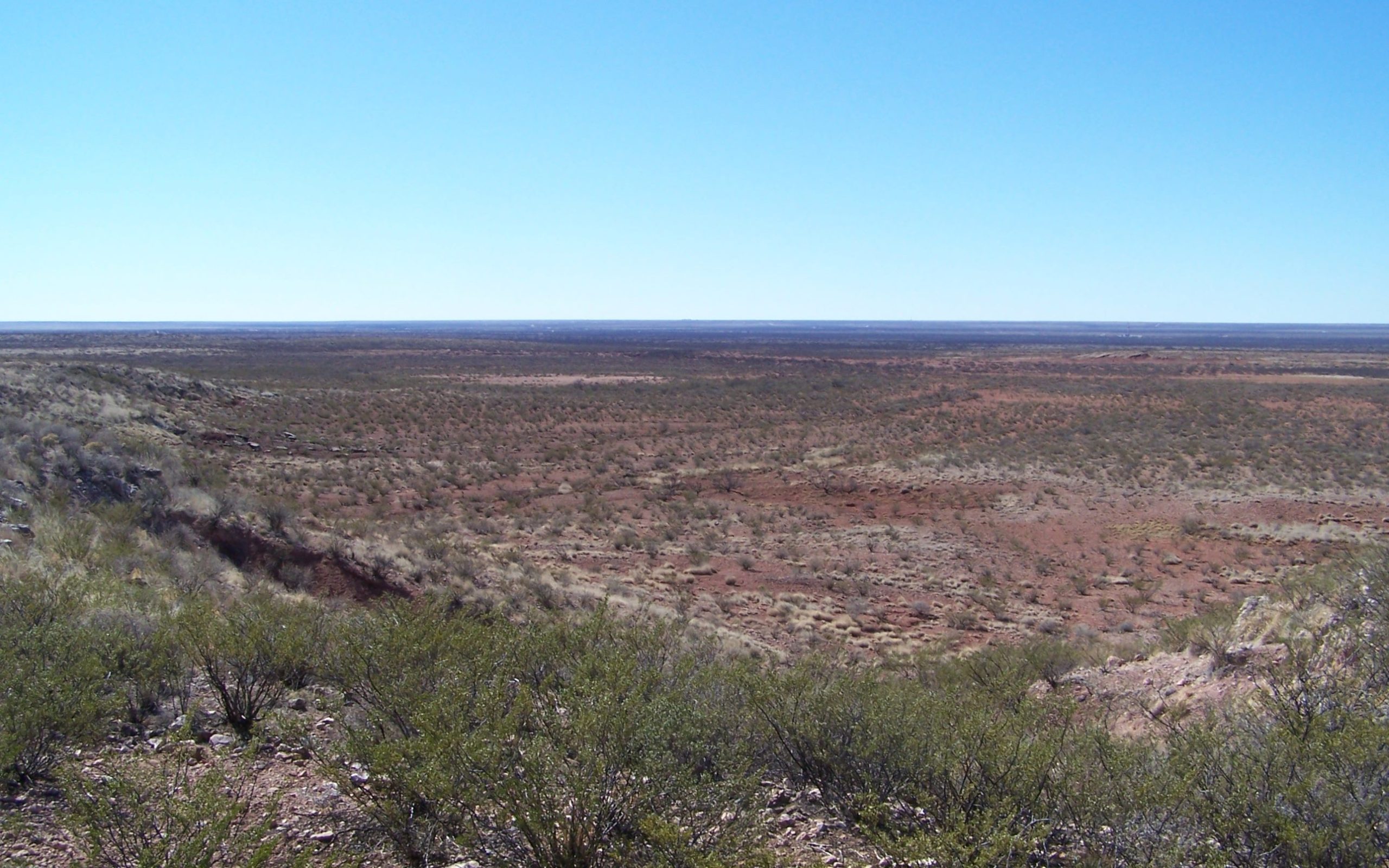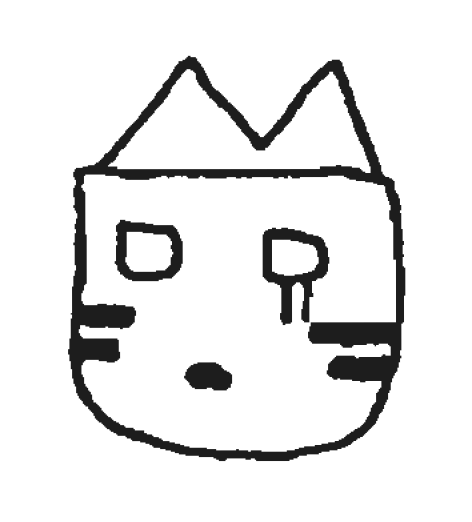Merchant Site

Throughout the Late Formative Period, southeast New Mexico experienced an increase in movement; as people migrated into and out of the region so did their ideas, traditions, and customs. At the Merchant site, ancestors from the east and west came together to share their cultures and create new traditions. Pueblo agriculturists from the west introduced their ceramic styles, projectile points, architecture, and agriculture. Plains residents brought with them tools and big game hunting strategies.
Who’s in the Neighborhood?
Between the 14th and early 15th century, people from the Plains and Pueblos came together and built a village known today as the Merchant site. This village includes square, masonry rooms and two communal pit structures. The masonry room blocks and kiva-styled pit structures are reflective of pueblos to the north; however, residents used a cimiento construction style. This building style is rarely found in the Jornada region, but is similar to buildings found in the northern Texas panhandle and in western Oklahoma. The structures at the Merchant site are one example of the ways in which both communities contributed their traditions to the village.
Residents of the Merchant Site participated in a widespread trade network. Potters from Chihuahua Mexico, south central New Mexico, central New Mexico, and the Roswell oasis traded their pots and other ceramics to people living here. Similarly, stone tools from the Sacramento and Pedernal mountains of central and northern New Mexico, the northern Texas Panhandle, and Edwards Plateau of central Texas appear at the Merchant Site. Hunters from these areas traded their tools for other goods, like pottery or food, from residents at this site. Other ancestors brought Olivella shell, procured from the Pacific Coast or the Gulf Coast, to trade as well. These shells traveled a long way, either directly with the people harvesting them or from place to place through an extensive trade network.
A notable type of pottery, known as Ochoa Indented Corrugated ware, is somewhat unique to the Merchant Site. Ancestors at other Late Formative Period sites in the area also adopted this new pottery style, but it appears most often at this village. This pottery style is a sign of two communities coming together to create something new. As ancestors from the east and west blended together at the Merchant Site, they built a new communal identity. Part of this identity may have included creating a new style of pottery, unique to them.
What’s for Dinner?
Residents of the Merchant site relied on a variety of food sources to complete their diet. They gathered wild plants, like mesquite seeds and yucca, and farmed foods like maize. Pueblo farmers may have brought maize seeds and their knowledge of growing it with them when they migrated south and settled at the Merchant site.
Along with plant life, residents here also hunted big and small animals. They subsisted on smaller mammals like jackrabbits, cottontails, and coyotes, but invested more of their energy hunting large game like bison and pronghorn deer. These animals probably roamed near the site, and were easy to hunt. Hunters from the Plains brought hunting strategies and some tool forms with them when they migrated to the Merchant Site.
Tools of the Trade
Potters at the Merchant site took their time to craft ceramic bowls and pots that they would use to carry water, to cook food, and that could be traded for other goods. Most often these potters made Ochoa ware bowls and pots used to cook with but on occasion they created delicate, painted pottery. Ancestors throughout the Southwest may have sought out painted pottery to use for serving food, in ceremonial practice, or as high-value items that could reflect their wealth. At the Merchant site, residents also traded with other communities for pottery painted in vibrant reds and striking black and white designs.
Hunters and tool makers at the Merchant site were also influenced by both Pueblos and Plains peoples. Lithics at this site include projectile points, flaked tools, and lithic debitage. Many of the projectile points, like arrow points, are similar in shape and material to what we might find throughout the Southwest and Plains. However, small scrapers and knives at the Merchant site are most similar to those made by Plains hunters.
Living with the Land
Ancestors chose to build this village site in what is now the southeastern corner of New Mexico. The site is nestled within the Mescalero Plain, near the Pecos River. Most importantly, the Merchant site is located on the edges of the southeastern Southwest (Pueblo) and southern Plains. It sits between these culture areas, acting as a bridge between the two.
The Merchant Site is also located just southeast of the Laguna Plata site. Residents of both sites lived in the area during the Formative and Late Formative periods, and may have crossed paths. Trade networks at the Merchant site may have enticed their neighbors to visit regularly, hoping to make trades themselves.
